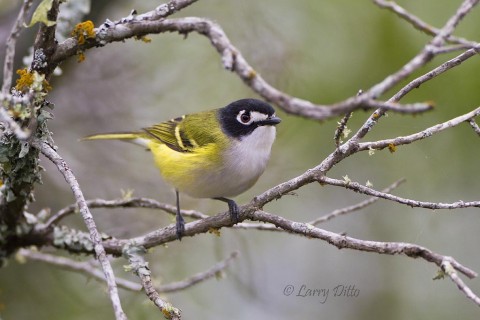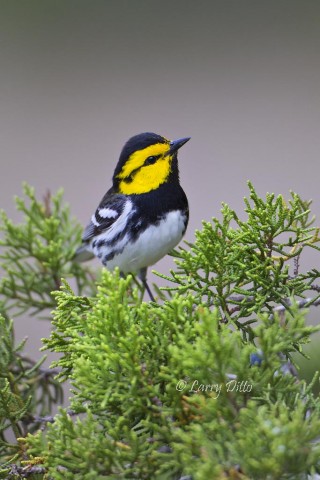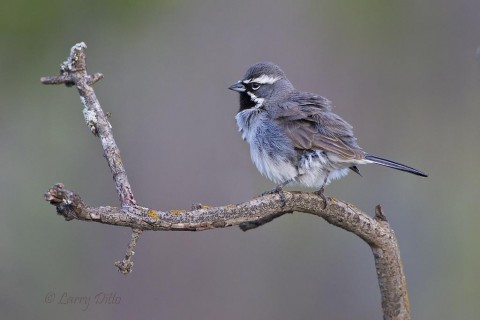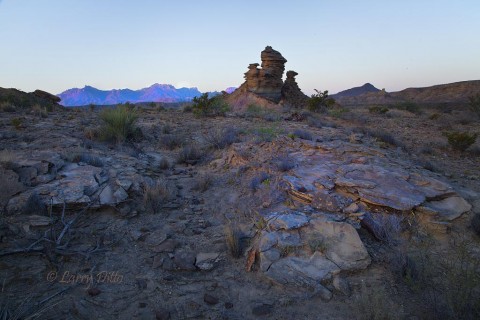Last week I spent two days with Sandy and Leslee Hurwitz at their “Transition Ranch” northwest of Uvalde, Texas. They are in the process of building the ranch into a nature photography destination, so I was invited to provide advice. In my opinion, the greatest challenge to starting another photography ranch is having topography and wildlife that offer something different. The Transition has all of that.
We photographed at a blind that is being constructed but where food and water had been in place for several months. Many species of birds visited that site. All that remains to be done there is to get the blind finished and prepare a number of good bird perches.
Some of the birds you will see in this week’s newsletter were located in the oak and juniper (cedar) covered hills within the ranch. Most notable among the species in this habitat are black-capped vireo, golden-cheeked warbler, and Montezuma quail. With just a little extra work, I think some mammals like gray fox and white-tailed deer will be available at the blinds.
Here are some of the bird photos from my two days at “Transition”. Remember, just click on a photo to make it enlarge and sharpen. By clicking the arrow on the right edge of each photo, you can advance to the next shot.






All of these bird photos were made with a Canon 7D camera, 500 mm IS lens, Feisol carbon fiber tripod and Wimberley head.







My visit to Transition Ranch was pretty much unscripted. While roaming the hills, we photographed prickly pear cactus in bloom, endangered birds, a quail nest and many other subjects. You should plan your April, 2015 to include a photo trip to Transition Ranch.
Accommodations and meals are a part of the nature photography package. All you have to do is relax and enjoy the scene.
Larry








